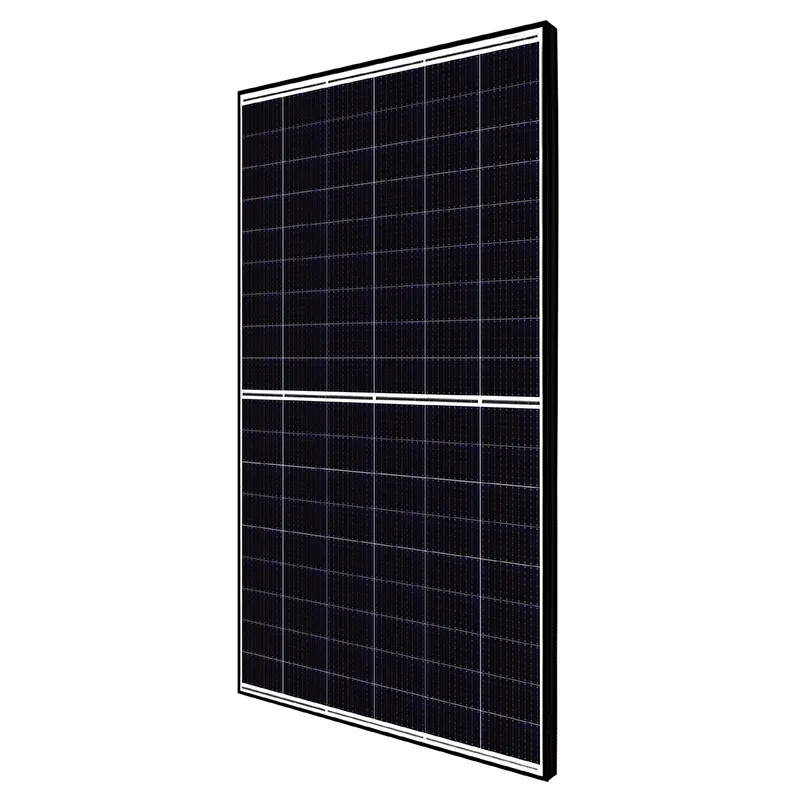Monthly Variations in Solar Panel Efficiency and Performance Analysis
Solar Panel Efficiency by Month Understanding Seasonal Variations
Solar energy is becoming an increasingly vital component of the global energy landscape. As more homes and businesses switch to solar power, understanding how solar panel efficiency varies by month is key to maximizing energy production. This article explores the factors influencing solar panel efficiency throughout the year, allowing users to optimize their solar energy systems.
The Basics of Solar Panel Efficiency
Solar panel efficiency refers to the ability of a solar panel to convert sunlight into usable electricity. This efficiency is typically expressed as a percentage; for instance, a panel with 20% efficiency converts 20% of the sunlight it receives into electrical energy. Several factors affect this efficiency, including the angle of sunlight, temperature, and atmospheric conditions, all of which fluctuate with the seasons.
Monthly Variations in Solar Energy Production
January to March Winter Months
In many regions, January marks the peak of winter, characterized by shorter days and lower sun angles. The cold temperatures can slightly enhance solar panel efficiency—solar cells operate better in cooler conditions. However, the significant reduction in daylight hours means that overall energy production is lower. Additionally, snow cover can further decrease efficiency if not regularly cleared from the panels.
As we move into February and March, days gradually lengthen, and solar angles improve, increasing energy production. This is particularly true in regions where winter snow has melted, revealing the solar panels beneath, allowing them to operate at their optimal levels.
April to June Spring to Early Summer
April heralds the arrival of spring, and with it comes a noticeable increase in solar panel efficiency. Longer days and more direct sunlight provide optimal conditions for energy production. The air is usually clearer than in winter, which reduces atmospheric interference, allowing more sunlight to reach the panels.
By May and June, solar panels typically perform at their peak, especially in regions with consistent sunshine. Solar installations can produce 20-30% more energy during these months compared to winter months. Additionally, the increased temperatures can slightly lower the efficiency due to overheating, but the advantage of longer daylight hours generally compensates for this effect.
solar panel efficiency by month

July to September Summer Months
The summer months, particularly July and August, often see the highest solar panel production levels. The sun is at its highest point in the sky, maximizing the amount of sunlight hitting the panels. This season is also characterized by longer days, translating to more hours of energy generation.
However, extreme heat can negatively affect solar panel efficiency, as excessive temperatures may cause solar cells to heat up and operate less efficiently. To mitigate this, proper installation methods, such as allowing airflow beneath the panels, can help maintain optimal temperatures.
As summer winds down into September, the days start getting shorter again, and solar output begins to decline. However, clear skies typical of late summer can ensure good efficiency until the autumn months.
October to December Autumn to Early Winter
As autumn sets in, sunlight angles decrease, and daylight hours diminish. October may still see decent solar production, especially if conditions remain clear. By November and December, energy production often drops significantly due to the combination of shorter days, lower sun angles, and possible inclement weather.
In cooler months, while the solar panels may still perform adequately, it's crucial for users to manage expectations regarding overall electricity generation. For regions where snowfall occurs, it's essential to keep panels clear of snow to maintain efficiency.
Conclusion
Understanding solar panel efficiency by month is essential for optimizing solar energy production. Seasonal variations in sunlight, temperature, and atmospheric conditions have a direct impact on the energy output of solar systems. Users should be aware that while summer months tend to yield the highest efficiency, winter months can still provide valuable energy if managed well.
By recognizing these patterns, homeowners and businesses can make informed decisions regarding their solar investments, ensuring they maximize their energy production throughout the year. Whether it's installing solar panels at an optimal angle, scheduling regular maintenance, or planning energy usage based on seasonal efficiency, knowledge is indeed power in the world of solar energy.
-
Unlocking Energy Freedom with the Off Grid Solar InverterNewsJun.06,2025
-
Unlock More Solar Power with a High-Efficiency Bifacial Solar PanelNewsJun.06,2025
-
Power Your Future with High-Efficiency Monocrystalline Solar PanelsNewsJun.06,2025
-
Next-Gen Solar Power Starts with Micro Solar InvertersNewsJun.06,2025
-
Harnessing Peak Efficiency with the On Grid Solar InverterNewsJun.06,2025
-
Discover Unmatched Efficiency with the Latest String Solar InverterNewsJun.06,2025







